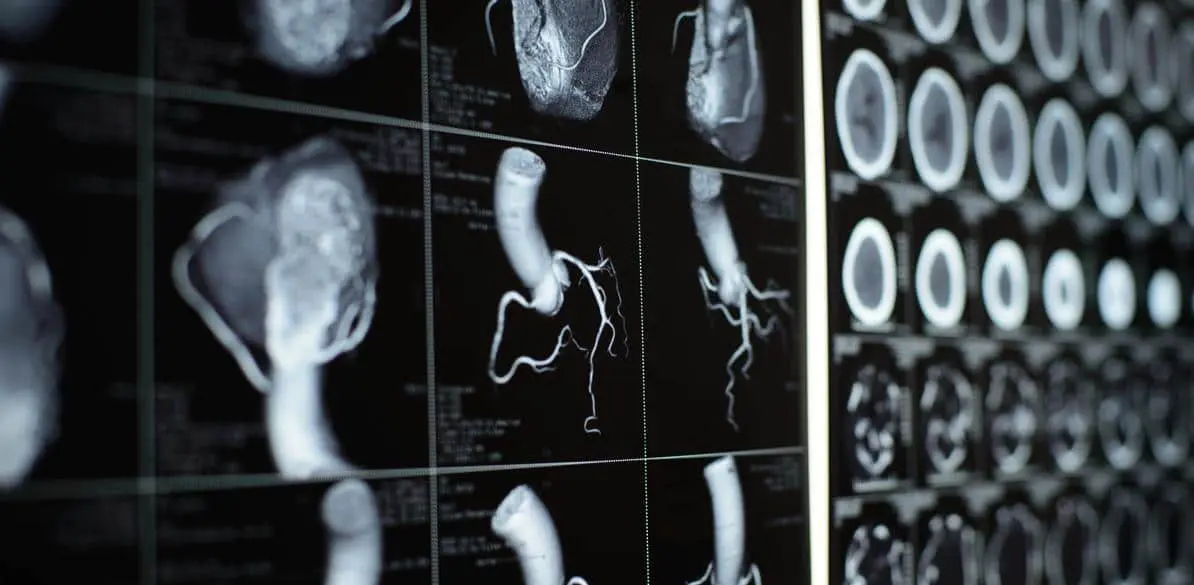Secondary arterial hypertension of non-renal origin and its influence on driving

Nevertheless, drug-associated AH affects health and driving, which is why our patients must be informed so they can help us reduce their risks while on the road.
Coarctation of the aorta is usually located at the exit of the left subclavian artery, and causes hypertension in the upper extremities and decreased pressure in the lower extremities.
It can be asymptomatic or cause headaches, tiredness and claudication of the lower limbs.
It can be surgically corrected, although in some cases AH can continue.
Pheocromocitoma produces paroxistic or sustained AH, with frequent episodes of headaches, palpitations and heavy sweating.
This is usually associated with weight loss, orthostatic hypotension and glucose intolerance.
In the majority of cases the patient will improve after undergoing surgical treatment.
Primary hyperaldosteronism usually is usually accompanied by headaches, mild diastolic hypertension, hiopotassemia, hypernatremia and metabolic alkalosis.
Patients with suprarenal adenoma can usually be cured by surgery.
Cases of bilateral suprarenal hyperplasia are treated by cutting salt from the diet and spironolactone.
Secondary hypertensive hyperaldosteronism is associated with renin-secreting tumours such as renal hemangiopericytoma, diuretic treatment or secondary reninism caused by stenosis of the renal artery, arteriolar nephrosclerosis and accelerated AH.
Primary retention of sodium in Liddle syndrome is accompanied by metabolic hiopotassemia alkalosis and low aldosterone levels.
It does not respond to spironolactone, and it does usually respond to triamterene or amiloride.
Cushing syndrome is characterized by muscle weakness, the appearance of bruises and frequently hypertension, diabetes and mood disorders.
The most common cause for excess glucocorticoids is the administration of iatrogene for the treatment of certain diseases.
Cushing syndrome caused by bilateral suprarenal hyperplasia secondary to hypersecretion of hypophysiary ACTH, and in non-endocrine ACTH producing tumours, in the lungs, thyroid, thymus, pancreas and ovaries.
Suprarenal neoplasias can also secrete excess corticoids.
- Neurogenic HTA in polineuritis, chromophyne tumours and psychogenes.
- HTA pharmacology with anovulatorias, corticoids, NSAIDS, antidepressants, drug interactions, nasal vasoconstrictors, sympathiocomimetics, etc
- Toxaemia in pregnant women can be accompanied by oedema, hyperreflexia, renal affectation, etc. Later on, it can be accompanied by visual disturbances and convulsions (eclampsia).
- Other causes are hyperthyroidism, hyperparathyroidism, acromegalia, policytaemia, stress, hypocalcaemia, characinoid syndrome, etc.
Advice on Coarctation of the aorta
- It affects young drivers, who must be advised not to drive if they are symptomatic and or have uncontrolled arterial hypertension.
- Surgical treatment will require a recovery period, which may take longer in some cases than others, during which the patient may not drive.
- The specialist will report on the patient’s progress and when appropriate will authorise him to drive once his symptoms have disappeared, his blood pressure is normal and is heart is functioning adequately.
Advice on Pheocromocitoma produces paroxistic or sustained AH
- The patient must not drive with symptoms.
- Surgical treatment will require a recovery period, which may take longer in some cases than others, during which the patient may not drive.
- The specialist will report on the patient’s progress and if possible will authorise him to drive when his symptoms have disappeared and his blood pressure is normal.
Advice on Primary hyperaldosteronism and Secondary hypertensive
- Successful medical or surgical treatment of the causal disease will make driving possible.
- Surgical treatment will require a recovery period which may be longer in some cases than others, during which time the patient may not drive.
- The doctor will make reports of follow-up examinations of the patient and advise him whether or not he is in a condition to drive.
Advice on Liddle syndrome
- If the patient is adequately controlled with medical treatment, he will be able to drive, so long as the specialist advises this by means of a report.
Advice on Cushing syndrome
- Treatment of the main disease will allow the HTA to be controlled then driving may be possible, always within the limits set by and on the advice of an expert.
Advice on Neurogenic HTA in polineuritis
- Treatment of the causes will allow driving according to the individual case, depending on how easy it is to control the blood pressure and the symptoms associated with each illness.
- The doctor will require the clinical report on each patient and his indication regarding driving capacity.
Advice on HTA pharmacology with anovulatorias
- Whenever possible, the drug causing the HA will be replaced with another one that doesn’t cause the same side effect.
- If the disease does not permit this, drivers will be warned of the risks, and advised to control their blood pressure, and if any symptoms they might experience lead them to suspect they are suffering from hypertension they should tell their doctors to avoid risks while driving.
Advice on Toxaemia in pregnant women
- The patient must not drive from the time of onset of the symptoms until shortly after the birth when the clinical situation is normal again.
- The gynaecologist will advise of the patient’s correct recovery until she is symptom free and has no sequelae and may drive again.
Advice on Toxaemia in pregnant women
- Treatment of the main disease will control the AH and allow driving if a suitable doctor’s report is issued.
